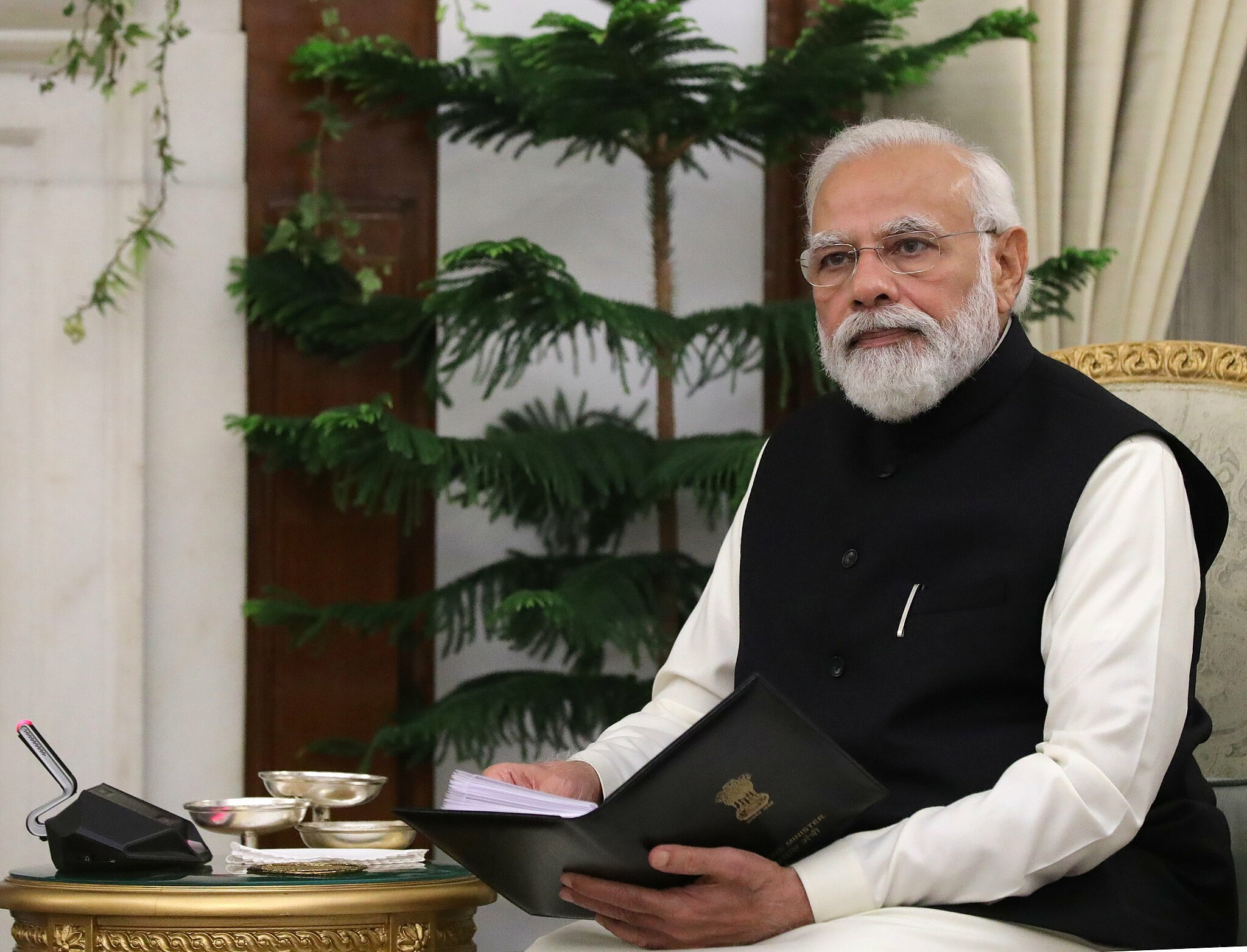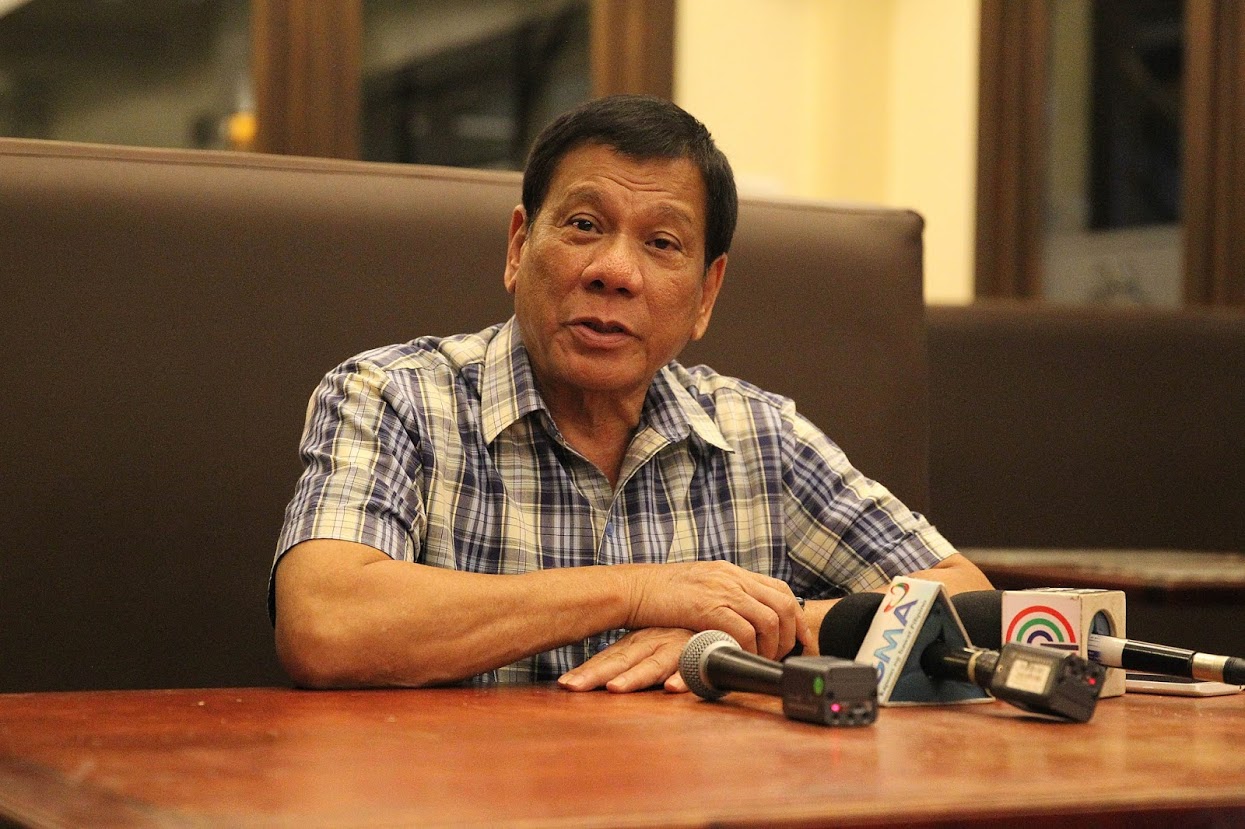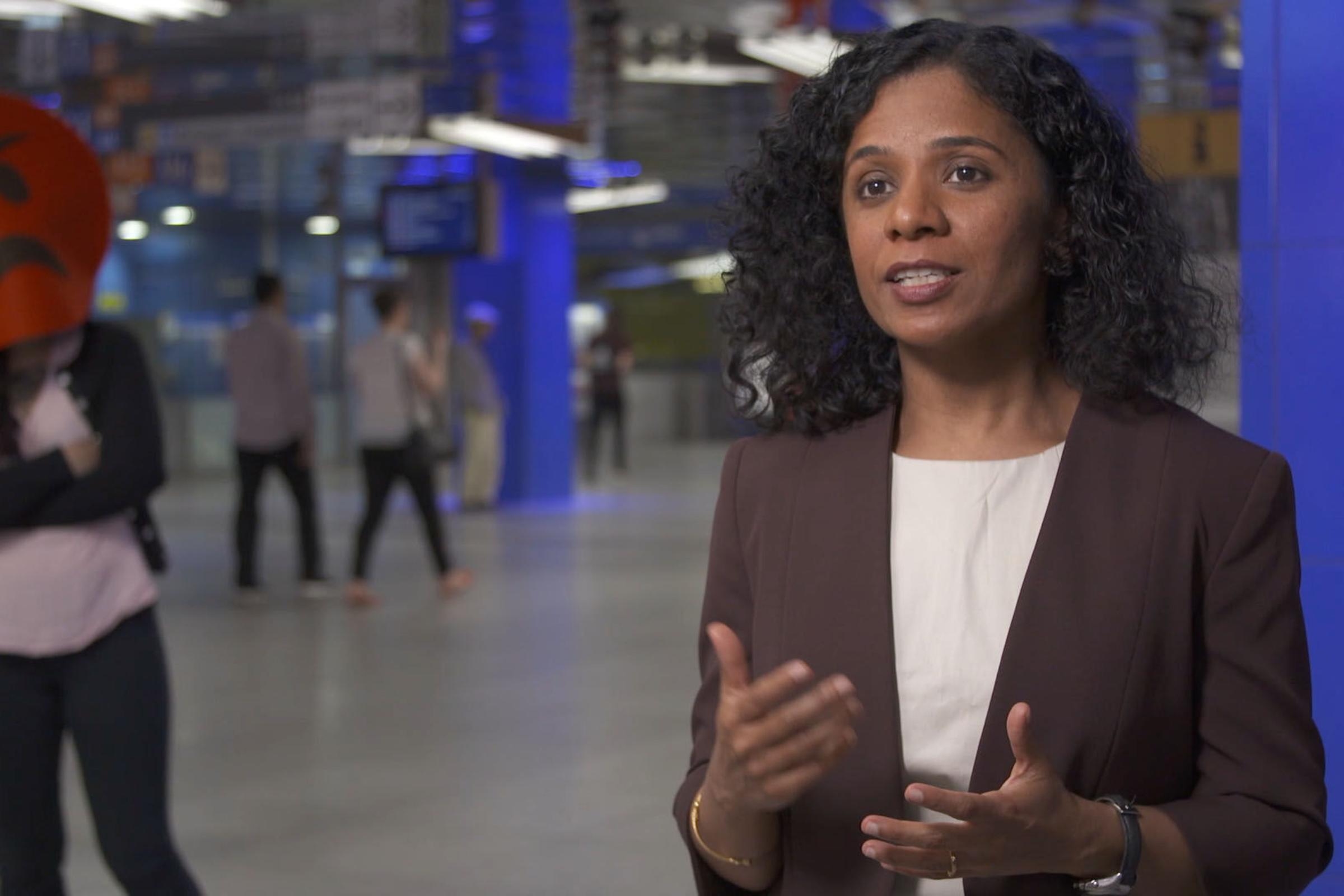By Rashmi Guha Ray *
This year it will be a decade since Narendra Modi made history by becoming the Prime Minister of India following a record win in the general elections. His victory had been remarkable by the standards of Indian democracy and also garnered the attention of political observers globally as he rose to become one of the most powerful leaders on the world stage. Rife with controversies, buoyed by adulation, these 10 years have seen India transform its democratic fabric under the aegis of this one man and the brand that has been created around his persona. The 2024 elections are just around the corner and recent state-level poll results as well as surveys on approval ratings evince that Modi’s popularity will help the Bharatiya Janata Party (BJP hereon) sail the polls rather comfortably. Despite being an incumbent for 10 years, his approval rating is a whopping +60, way higher than any of his global political counterparts.
In these 10 years what has stood out is the transformation of Modi’s image from what L. Price referred to as a pariah – one of the most divisive figures in Indian politics to someone who embodies an India above partisanism. In all his campaigns leading to the 2014 elections, Modi’s key agenda was development. In one 75-minute-long speech in 2013, he had used the word ‘development’ 20 times, followed by ‘growth’ and ‘governance’ that occurred 12 and nine times respectively. Scholars say this was his tactic to woo the youth and the burgeoning middle class in India while categorically steering the discourse away from the 2002 Gujarat riots which till this point was one of the main blots in his political career, with allegations that as the Chief Minister of the state of Gujarat he was a silent spectator to the communal carnage. By the time the 2019 elections were approaching, his focus had shifted to hyper nationalism and identity politics, with focus on Citizenship Amendment Acts and a public discourse on who can or cannot be considered Indian. Calling himself a chowkidar or a gatekeeper of the nation, and making religion the deciding factor in granting of citizenships, Modi had taken the first step towards making of a Hindu Rashtra, breaking away from the secular credentials promised in the Preamble of the Indian Constitution.
The inauguration of the Ram Temple in Ayodhya on 22 January 2024 with much fanfare and laborious rituals, setting aside the 31-year-old controversy surrounding the demolition of the Babri Masjid on 6 December 1992 that had brought riots and death in its wake, unofficially marked the beginning of Modi’s 2024 election campaigns. The national jubilation surrounding his 11-day widely publicised fasting before the much-awaited consecration of the deity of Lord Ram, shows that Modi is ready to project himself as the messenger of God in this upcoming election.
The success of the Hindutva ideology in today’s India owes greatly to the creation of a myth out of one man and the skilful assimilation of the narratives of development with the Hindu identity. As Nitasha Kaul points out, Modi’s popularity is derived from his image of ‘doing development and being Hindutva’. The brand created around his persona has been strategically marketed to his voters, while his competitions as well as any challenges have been rooted out by either slandering major opposition leaders, reducing them to popular jokes or by weaponising the state institutions like the Enforcement Directorate to corner any critical voices by accusing them of fraud. In the process the ruling party has established a monopoly in the political market, to the point of popular acceptance (or resignation) that there is no alternative.
Capturing the popular imagination: the role of mass and social media
Soon after becoming the Prime Minister, Modi did what no Indian leader had done before – started a unidirectional line of communication with the citizens via radio. Titled Mann ki Baat or ‘words straight from the heart’, this programme began to be aired on Sundays by some 422 radio stations reaching more than 40 million audience. By choosing to address the nation directly, Modi combined widely-accepted oratorical traditions with media technologies, talking mainly about his policies and plans and creating a sense of purported intimacy with his voters.
Modi has repeatedly refused to appear in press conferences and face the questioning of journalists, choosing instead to stick to image building through populist interviews, appearing in ‘non-political’ interviews, prominent being one with Bollywood star Akshay Kumar before the 2019 elections. The interview, shot in true cinematic style with dreamy shots and soft focus, was fielded as a respite from the heated political debates his opponents were engaging in. A leisurely tête-à-tête while sipping tea might come across as innocuous and even a welcome break for those burdened with the overload of polemic on realpolitik, but in reality, this was part of an active marketing campaign – presenting the image of an affable leader, a man beyond politics.
One cannot discuss the creation of this brand without talking about the ‘IT Cell’, his army of online warriors, who systematically work to spread positive news about him while regularly maligning the opposition leaders. With the veneer of being the BJP’s social media campaign team, the IT Cell plays a prominent role during elections, using infographics, graphs, and charts to display the achievements of candidates while they themselves hit the campaign trail on the ground. The most elaborate and well-planned of these campaigns is the one driving home Modi’s indispensability as the Prime Minister. Unsuspecting users questioning any political decision of the incumbent government are often hit by an apparently naïve question, ‘Modi nahin to kaun – if not Modi then who?’ They come from a plethora of accounts – fervent supporters, sceptical self-proclaimed liberals acknowledging his shortcomings but convinced that no other leader can replace him, as well as fake accounts posing as political commentators expressing only half-hearted interest in Indian politics. Critically analysing these comment threads would reveal that this seemingly open-ended question is, in fact, rhetorical, designed to entangle the other person into a web of facile and verbose argument, thus diluting the very topic of discussion.
In this age of virulent misinformation when the world is often said to be suffering from a ‘misinformation pandemic’, this body has faced allegations of producing fake news, doctoring images, and fanning communal disturbances through jingoistic messaging and mass posting. They have created a myth of a leader who would transport the Hindus into their glorious past and reinstate them into their former supremacy. Drawing from the ideologies of the religious right-wing group Rashtriya Swayam Sevak Sangh (RSS hereon), that has been clamouring for a Hindu Rashtra since the inception of the Indian republic, this social media network has unequivocally vilified the neighbouring countries of Pakistan and Bangladesh, and othered the Indian Muslims, setting the stage for naked religious propaganda with Modi at the helm of the country’s transformation into a majoritarian state. Sahana Udupa’s work on digital nationalism and extreme speech reveals that these keyboard warriors position themselves in an ideological battle to propagate their right wing ideologies and speak out against ‘communists’ and ‘pseudoliberals’. Through memes and funny messaging, the online brigade transforms the extreme speech into a banal part of people’s everyday existence, thus achieving a tangible political goal. Swati Chaturvedi, in her research on the overt and covert operation of the IT army, delves into how the Prime Minister himself follows a few of such ‘troll’ accounts despite them systematically peddling in fake news and having had several FIRs filed against them.
From a comic book portraying the heroics of a young Narendra Modi who could play with crocodiles to a movie that has been termed as factually preposterous and an attempt at blatant deification by its critics – the carefully crafted myths surrounding one man has been skilfully deescalated from the absurd to the mundane, obliterating the line between truth and lore. A recently added Narendra Modi Gallery at the entrance of the Prime Ministers’ Museum and Gallery depicting his life as an ascetic son, a diligent RSS activist dedicated to the cause of Hindutva, a compassionate Chief Minister of Gujarat, and a globetrotting leader of the nation, is the first ever museum dedicated to an incumbent Prime Minister.
Ascending to divine heights: The Consecration of the Ram Temple
In these 10 years, while critics have despaired over the weakening of India’s democratic set up, a huge percentage of Hindus, both in India and abroad, have cheered the Hindu Hriday Samrat or the emperor of every Hindu’s heart. The inauguration of the Ram Temple on the Babri Masjid compound marked the ultimate win for a nation of Hindus who saw this as righting a 500-year-old injustice and for Modi it was the unveiling of a new India, a figurative Hindu Rashtra before his third term in power. After having fasted for 11 days to purify himself for the rigorous rituals, Modi acted as the master of ceremonies in an event studded by celebrities and witnessed by adoring millions. In the process he could override the rigidity of the Hindu caste system that demands that only a Brahmin is holy enough to perform the religious rituals. Despite hailing from one of the underprivileged castes, he became ‘the high priest of Hinduism,’ and no vanguard of the religion could take away this moment of his glory. As he addressed the nation, he unabashedly declared that he had been chosen by God to represent the people of India, as his instrument, making it clear that the Constitution is now secondary to his persona and that the country will now be ruled by this vessel of God.
With experts stating that his victory in the upcoming elections is almost an inevitability, despite a miserable response to the deadly Covid19 pandemic, failure to convince the farmers on the efficacy of the proposed Farm Bills and rescinding them under pressure from a burgeoning farmers’ protest, and his refusal to act on the ongoing violence in the Northeast Indian state of Manipur, it is safe to surmise that good governance does not feature in the country’s election manifesto. The election issues are constructed surrounding one brand and that brand dwells in imageries and imaginations, in lore and loyalty, in constructions and convictions and Modi the person shall remain safely ensconced in the iron fortress of Modi the brand. The opposition’s attempts to regroup, rebrand and project themselves as saviours of the lost, secular, diverse, and kinder INDIA, will remain puerile at best, often laughable even to Modi’s critics who are also being resigned to the fact that it is perhaps impossible to defeat the force that is Modi. As Ramchandra Guha aptly remarks, the Indian imagination is now ruled by the cult of Modi, and both his admirers and critics meet at the crossroads of jubilation and despondency that there is, in fact, no alternative.
*Rashmi is an ERC doctoral researcher at the UCD School of Geography. She holds an MA degree in Conflict, Governance and Development from the University of York, UK, and an MA in History from Jadavpur University, India
Published on 12 February 2024
Image source: kremlin.ru, CC BY 4.0 <https://creativecommons.org/licenses/by/4.0>, via Wikimedia Commons






